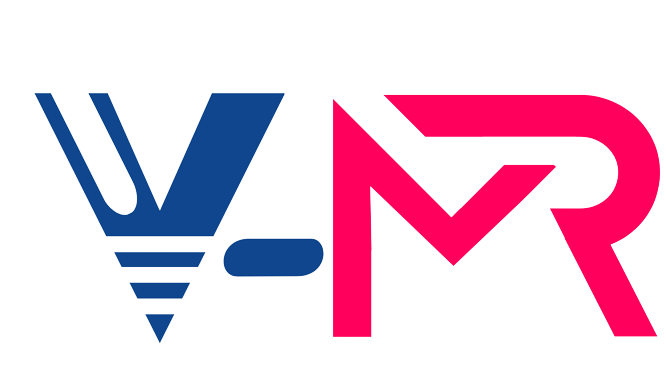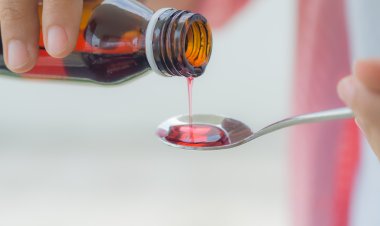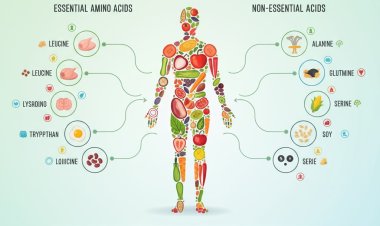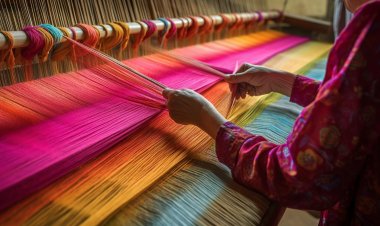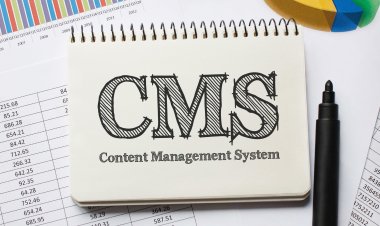Dye Intermediates Market – Global Industry Analysis and Forecast (2025-2034)
Vantage Market Research is pleased to announce the release of its latest comprehensive report on the dye intermediates market, which includes a forecast period of 2025-2034. In 2023, the Global Dye Intermediates Market reached a value of USD 8.64 billion, and is projected to reach USD 9.13 billion in 2024. The market is projected to reach USD 15.90 billion in 2034, with a revenue CAGR of 5.7% over the forecast period (2025-2034).
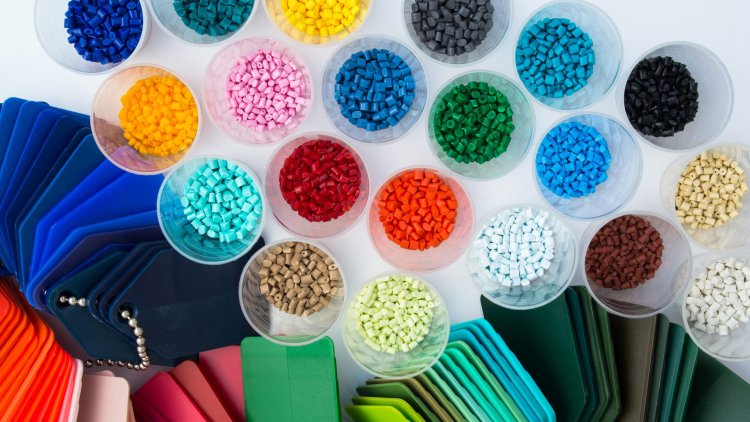
The report provides an in-depth analysis of the growth, drivers, restraints, and future opportunities within this industry. The report underscores the pivotal role of dye intermediates in a multitude of sectors, including textiles, pharmaceuticals, and paints, and underscores the growing demand for sustainable and eco-friendly production practices. The report provides a comprehensive analysis of market size, segmentation, key players, and the research methodology employed to gather and interpret data. The objective is to provide valuable insights for industry stakeholders, including manufacturers, suppliers, and investors, to gain a comprehensive understanding of the current landscape and future trends in the dye intermediates market.
Market Insights
The Dye Intermediates Market is a crucial part of the global chemical industry. It serves as the foundation for producing a range of dyes and pigments used across many sectors, including textiles, pharmaceuticals, and plastics. Dye intermediates are chemical compounds that are essential for creating dyes, allowing manufacturers to achieve vibrant colours and ensure product stability.
This market is showing strong growth, fuelled by the rising demand for colourants in various sectors. This growth is especially noticeable in the textile and personal care industries, driven by fast fashion and changing lifestyle trends.
Sustainability is a key area of focus in the Dye Intermediates Market. Strict regulations, particularly those in the European Union, are leading to a move towards green intermediates. This shift is further reinforced by increasing investment in research and development aimed at creating safer and more environmentally friendly alternatives, particularly in North America and Europe.
The Asia-Pacific region, specifically India and China, dominates the global Dye Intermediates Market. This dominance is due to their established textile and manufacturing industries. India alone produces a significant volume of dye intermediates annually, highlighting its strong position in this market.
Request Sample Report of Dye Intermediates Market @ https://www.vantagemarketresearch.com/dye-intermediates-market-3275/request-sample
Market Dynamics
The Dye Intermediates Market is experiencing consistent growth due to the increasing demand for sustainable and high-performance dyes. A key aspect of this market is its dependence on the synthetic dye sector. Synthetic dyes are popular for their vibrant colours and durability, and they rely on specific intermediates for their production. The synthetic dyes market is constantly evolving to meet the needs of diverse industries while adhering to environmental standards. This evolution has led to advancements in biodegradable intermediates and production techniques with lower emissions, which are becoming increasingly important as industries aim to reduce their environmental impact.
Vantage Market Research is pleased to announce the release of its latest comprehensive report on the dye intermediates market, which includes a forecast period of 2025-2034. In 2023, the Global Dye Intermediates Market reached a value of USD 8.64 billion, and is projected to reach USD 9.13 billion in 2024. The market is projected to reach USD 15.90 billion in 2034, with a revenue CAGR of 5.7% over the forecast period (2025-2034).
Market Drivers
- Rising demand from textile and apparel industries: The textile sector is projected to experience significant annual growth, which in turn increases the demand for dye intermediates.
- Expansion of the printing and packaging sectors: The growth of these sectors contributes to the overall demand for dyes and pigments derived from intermediates.
- Trend towards environmentally friendly dyes: Increasing consumer awareness of sustainability is boosting demand for natural dyes.
- Technological advancements: New technologies are enabling the production of high-quality, durable, and environmentally compliant dyes.
- Increased urbanisation and disposable income: Particularly in emerging economies, these factors are leading to higher consumption of consumer goods that utilise dyes and pigments derived from intermediates.
Market Restraints
The Dye Intermediates Market faces several restraints, primarily stemming from environmental regulations and the costs associated with sustainable production:
- Stringent regulations: Concerns about pollution and waste disposal have led governments to implement strict regulations on chemical industries, impacting production and supply chains. Regulations such as the European Union's REACH and similar frameworks in the U.S. and China mandate reduced emissions and waste.
- High costs of sustainable production: Complying with these regulations often requires costly upgrades to manufacturing facilities, which can be particularly challenging for small and medium enterprises (SMEs), potentially limiting their market participation.
Market Opportunities
- Development of organic and bio-based dye intermediates: Growing consumer awareness of sustainability has led to increased interest in natural dyes, a segment expected to see steady growth.
- Government incentives for sustainable innovation: Governments and international organisations are offering incentives for sustainable innovation. For example, the U.S. Department of Energy is supporting research into renewable resources for dye production.
- Competitive advantage for sustainable companies: Companies investing in environmentally friendly manufacturing technologies are well-positioned to capitalise on consumer and regulatory trends favouring sustainable and organic products.
Market Challenges
- Volatility of raw material prices: Fluctuations in global crude oil prices directly impact the cost of synthetic intermediates, affecting manufacturers' profit margins.
- Competition from substitute materials: The market faces competition from materials that offer similar performance but may have a lower environmental impact.
- Supply chain disruptions: Disruptions, particularly in regions with high regulatory compliance costs, can hinder market growth by limiting access to essential raw materials.
Top Companies and Market Performance
The Dye Intermediates Market Report provides a thorough analysis of established and emerging companies in the market. The report includes comprehensive lists of key companies, categorised based on the types of products they offer and other market factors.
Some of the top companies in the Dye Intermediates Market include:
- Jainik
- PRANAV CHEMICALS
- R.K.Synthesis
- DISPO DYECHEM
- Metchem Enterprise Group (MEG)
- Rohan Dyes
- Royal-Chem
- Rubmach Industries
- Kamala Intermediates
- KEVIN (India)
- Emco Dyestuff
- Formerly Wenzhou Longwan Dye Intermediate Factory
- Jiaxing Shengyu Chemical New Materials
- Anand Dyes and Intermediates
- Ambuja Intermediates
- Jiangsu Shenxin Dyestuffs & Chemicals
- Zenith Dye Chem

Track market trends LIVE & outsmart rivals with our Premium Data Intel Tool: Vantage Point
The Dye Intermediates Market can be segmented as follows:
By Type:
- Anthraquinone-Based Intermediates
- Azo Dye Intermediates
- Benzidine Intermediates
- Fluorescent Dye Intermediates
- H-Acid Intermediates
- Reactive Intermediates
- Disperse Dye Intermediates
- Vat Dye Intermediates
- Acid Dye Intermediates
- Direct Dye Intermediates
By Product Form:
- Powder
- Granules
- Liquid
By Chemical Structure:
- Aromatic Compounds
- Aliphatic Compounds
- Heterocyclic Compounds
By Application:
- Textiles
- Leather
- Paper
- Plastics
- Printing Inks
- Paints & Coatings
- Wood Stain
- Plastics & Polymers
- Cosmetics & Personal Care
- Pharmaceuticals
- Food & Beverages
Research Methodology
Data for the Dye Intermediates Market is gathered and analysed using a combination of qualitative and quantitative research methods, including:
- Primary research: This involves gathering data directly from sources such as:
- Face-to-face and telephonic interviews
- Surveys and questionnaires
- Industry experts, key opinion leaders (KOLs), customers
- Secondary research: This involves collecting data from existing sources, including:
- Company websites, annual reports, financial reports, investor presentations, and SEC filings
- Internal and external proprietary databases, relevant patent and regulatory databases
- Government documents, statistical databases, and market reports
- News articles, press releases, and webcasts related to the industry
To ensure the accuracy and reliability of the findings, researchers employ various strategies:
- Regular interviews with industry experts: These interviews help develop in-depth expert insights and validate existing data analysis.
- Engagement with key opinion leaders: Researchers contact top and mid-level executives from leading companies, as well as executives from end-user industries. This helps gather information on brand dominance, pricing, and regional market dynamics.
- Validation by subject matter experts: Experts with extensive experience in the market are consulted to validate key research findings and ensure a comprehensive understanding of the market.
By combining these rigorous research methods, the Dye Intermediates Market Report provides a detailed and insightful analysis of this dynamic industry.
☎ Contact us:
Vantage Market Research
224 W 35th St Ste 500 New York,
NY 10001 United States
United States Tel: +1 (212) 951-1369
✉ Email: [email protected]
☞ Website: https://www.vantagemarketresearch.com
